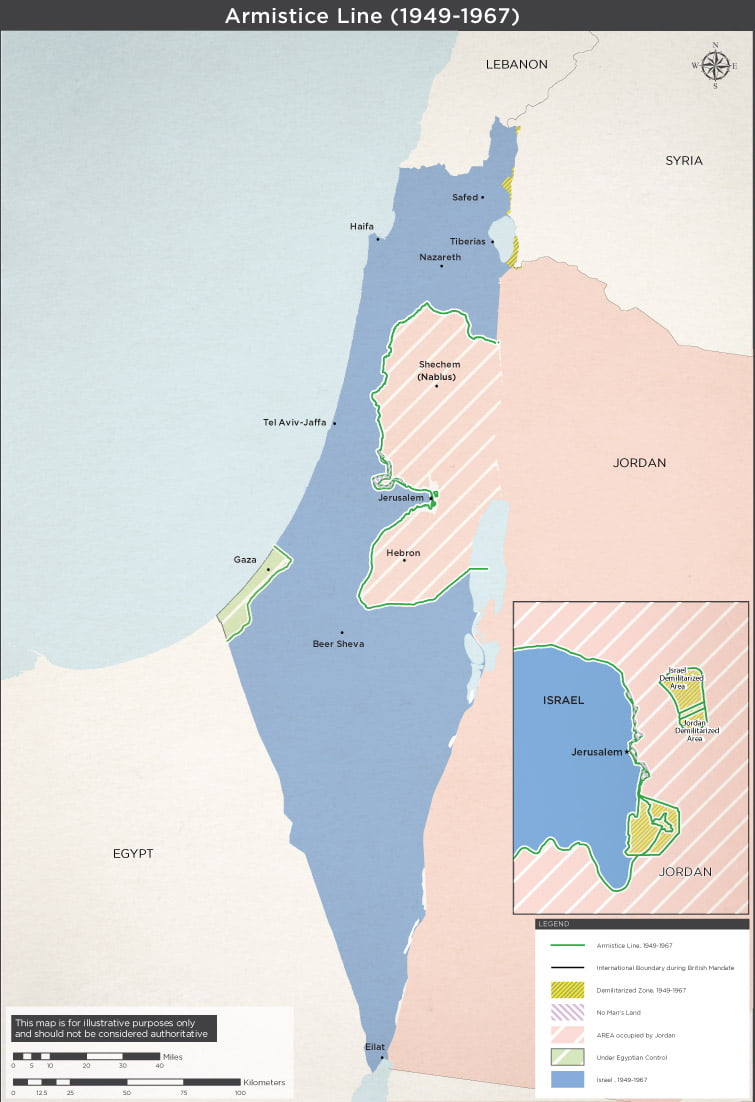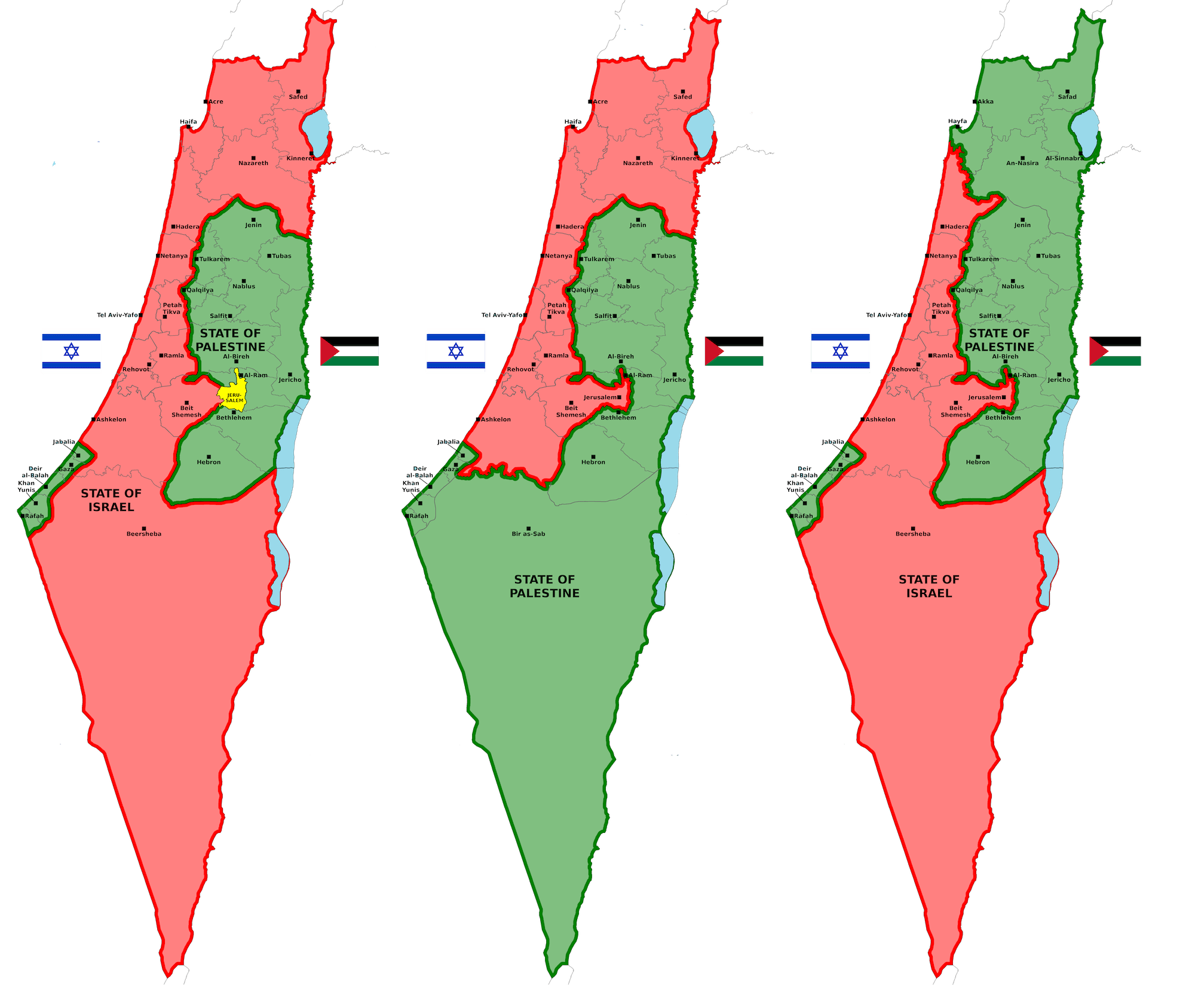Potential Solutions for Israel and Palestine
1. One-State Solution

Confederation of Israel and Palestine
This version of the one-state solution envisions Israel and Palestine as two separate entities within one confederative framework. Under a confederation, Israel and Palestine would retain significant autonomy and have their governments for internal affairs but would share certain centralized institutions. This model is designed to respect the sovereignty of both groups while facilitating cooperation on common issues such as security, foreign relations, and economics.
The confederation would have:
- Shared Jurisdiction: Certain areas, especially Jerusalem, could be under joint management or have a special status.
- Free Movement: Citizens of both states might have the right to travel, work, and possibly reside anywhere within the confederation.
- Joint Institutions: There could be a unified body to handle aspects that affect both states, like trade agreements, water rights, and infrastructure projects.
State of Israel-Palestine
This model suggests creating a single, binational state that would replace both Israel and the Palestinian territories. This state would ideally be democratic, with equal rights for all citizens regardless of ethnicity or religion. It is also referred to simply as a binational state or a democratic secular state.
The state would have:
- Equal Citizenship: All inhabitants of the state, whether Jewish, Muslim, Christian, or otherwise, would have equal rights and responsibilities.
- Unified Government: A single government would administer the law and govern the territory without internal national boundaries.
- Cultural and Religious Rights: The state must protect all its diverse communities’ cultural, linguistic, and religious rights.
2. Two-State Solution

Pre-1967 Borders (Green Line)
This proposal suggests returning to the borders that existed before the Six-Day War of 1967, commonly referred to as the Green Line. This would entail Israel withdrawing from the territories it occupied during the war, including the West Bank, Gaza Strip, East Jerusalem, and the Golan Heights. The idea is establishing a Palestinian state within these territories, with its capital in East Jerusalem. This solution is often seen as the basis for a two-state solution endorsed by many international actors and has been a critical point of negotiation in various peace talks, including the Oslo Accords.

Palestine Gets West Bank, Gaza
This variation proposes that Palestine be given control over the West Bank and Gaza Strip only, without incorporating any part of Israel proper. This solution would create a contiguous Palestinian territory for self-governance and statehood. However, it would leave unresolved issues related to Jerusalem and the rights of Palestinian refugees.
Palestine Gets Southern Israel (Eilat to Gaza) and West Bank
This proposal suggests a more territorial expansion for Palestine by granting it control over the southern part of Israel, stretching from Eilat to Gaza and the West Bank. This would significantly alter Israel’s borders and require substantial land concessions. Such a solution aims to provide Palestinians with more land and resources for economic development but may face strong opposition from Israel due to security concerns and territorial integrity.
Israel Keeps Southern and Central Israel, and Palestine Gets Gaza, the West Bank, and Northern Israel.
This option entails Israel retaining control over southern and central parts of Israel while Palestine gains control over Gaza, the West Bank, and the northern region of Israel. This would involve redrawing borders to accommodate both states and could potentially address some demographic and security concerns. However, it would likely face significant opposition from both Israeli and Palestinian populations, as it would require substantial territorial rearrangement and population displacement.
Peace Treaty
Example Peace treaties:
https://www.usip.org/publications/2008/02/peace-agreements-israel-palestine
